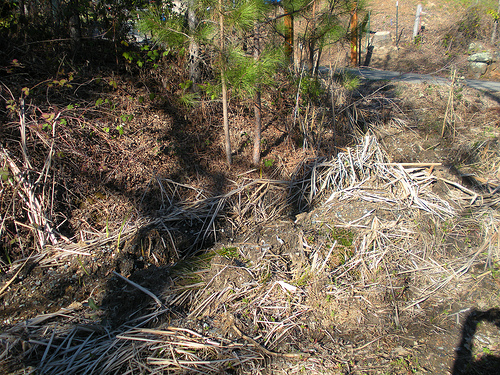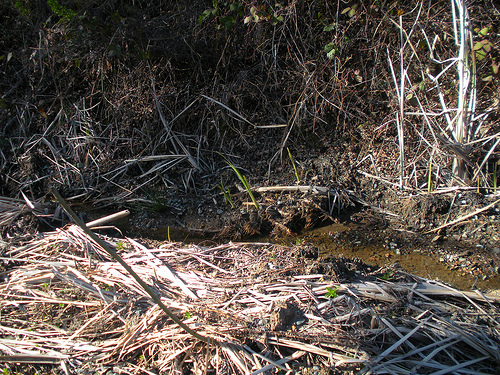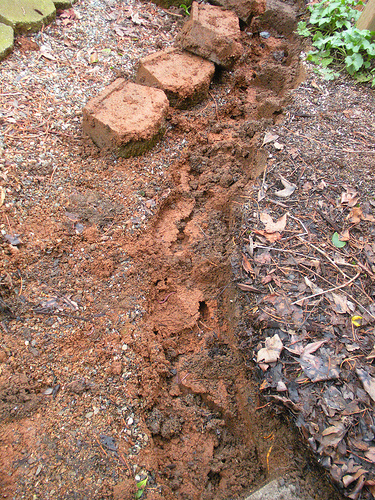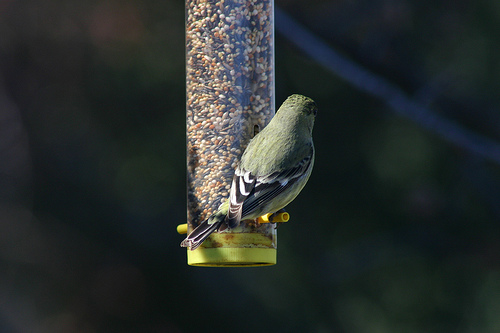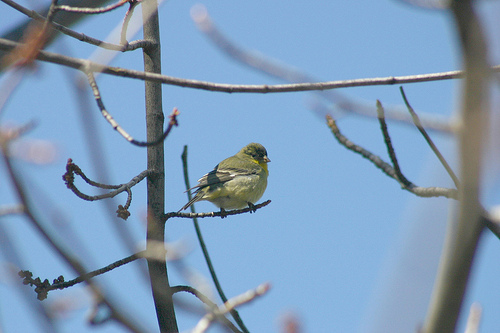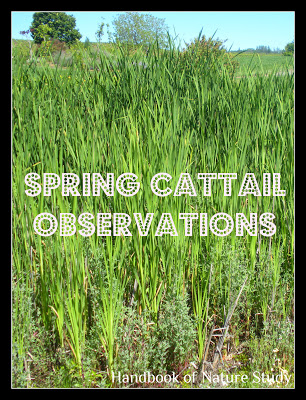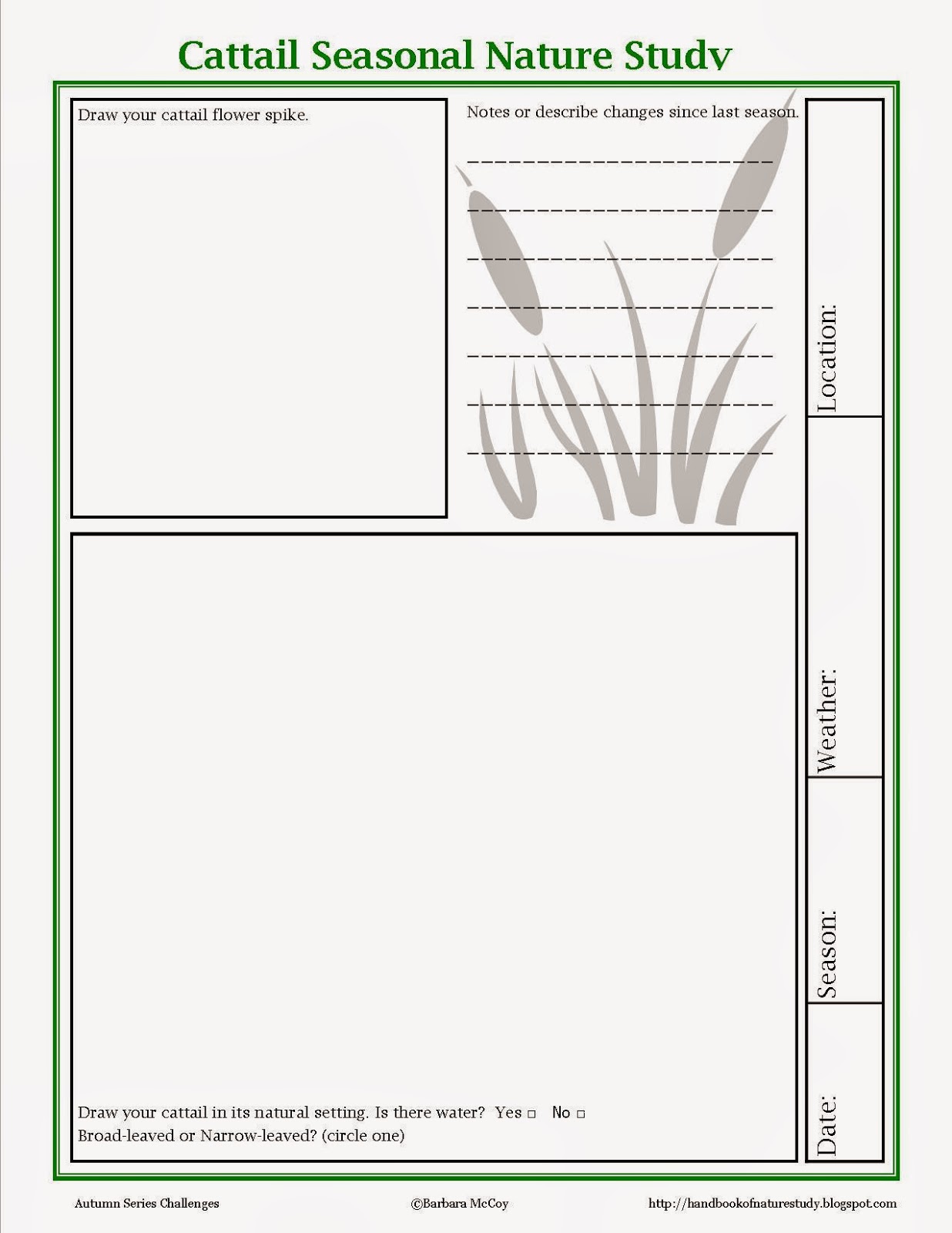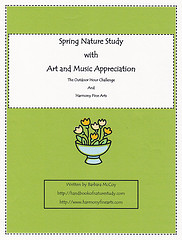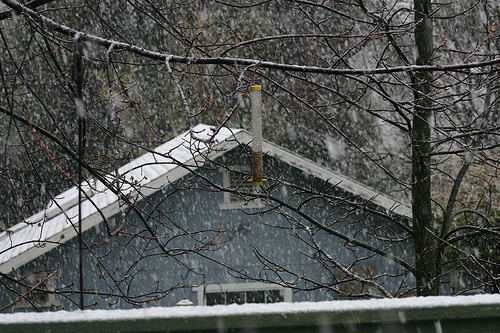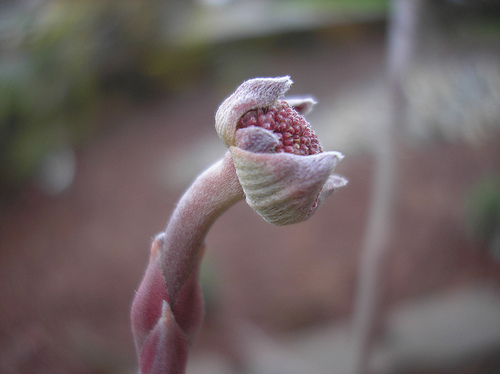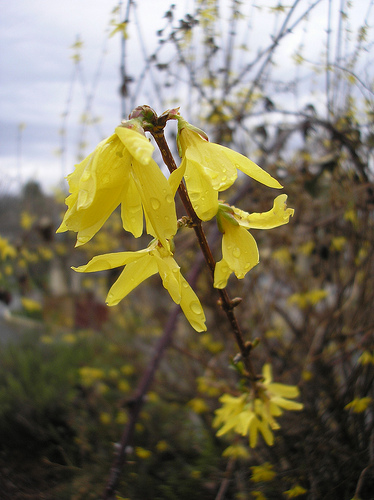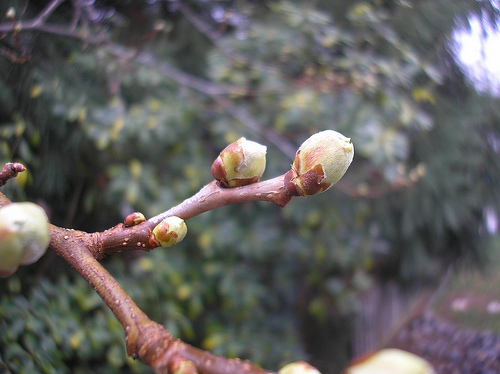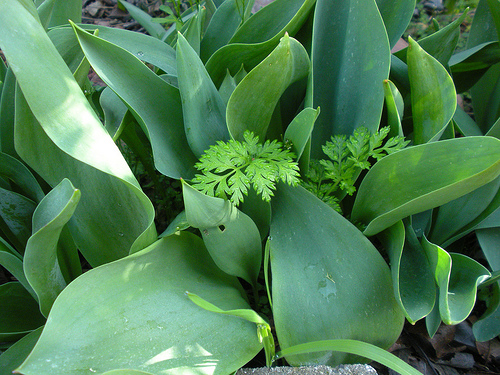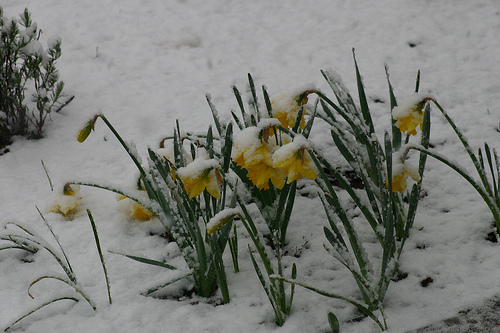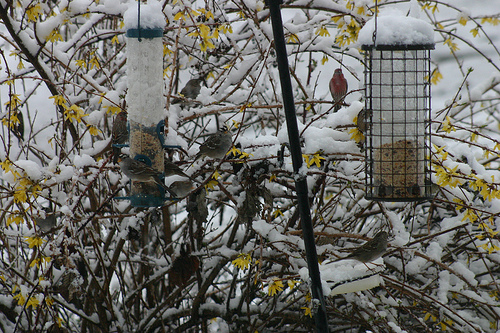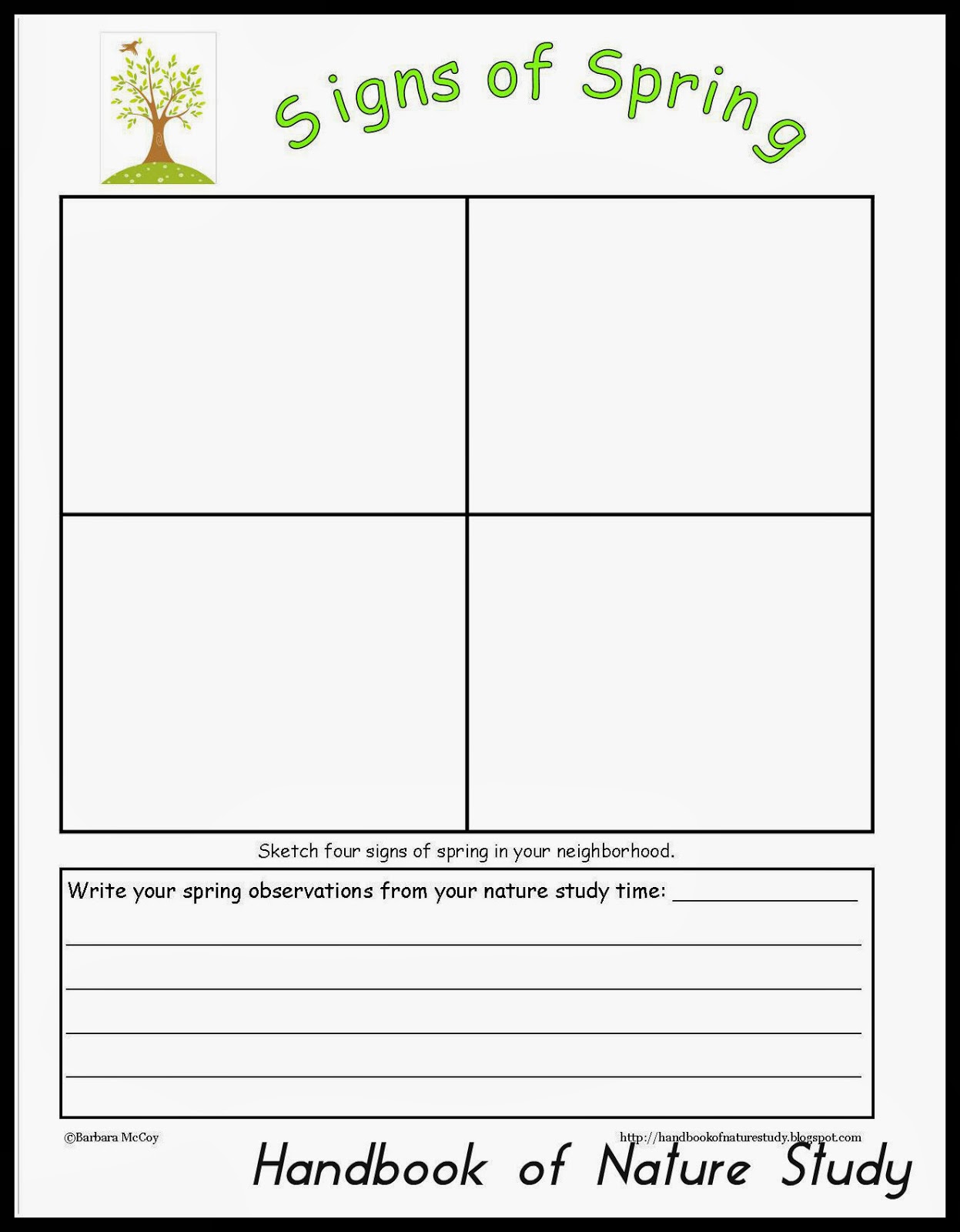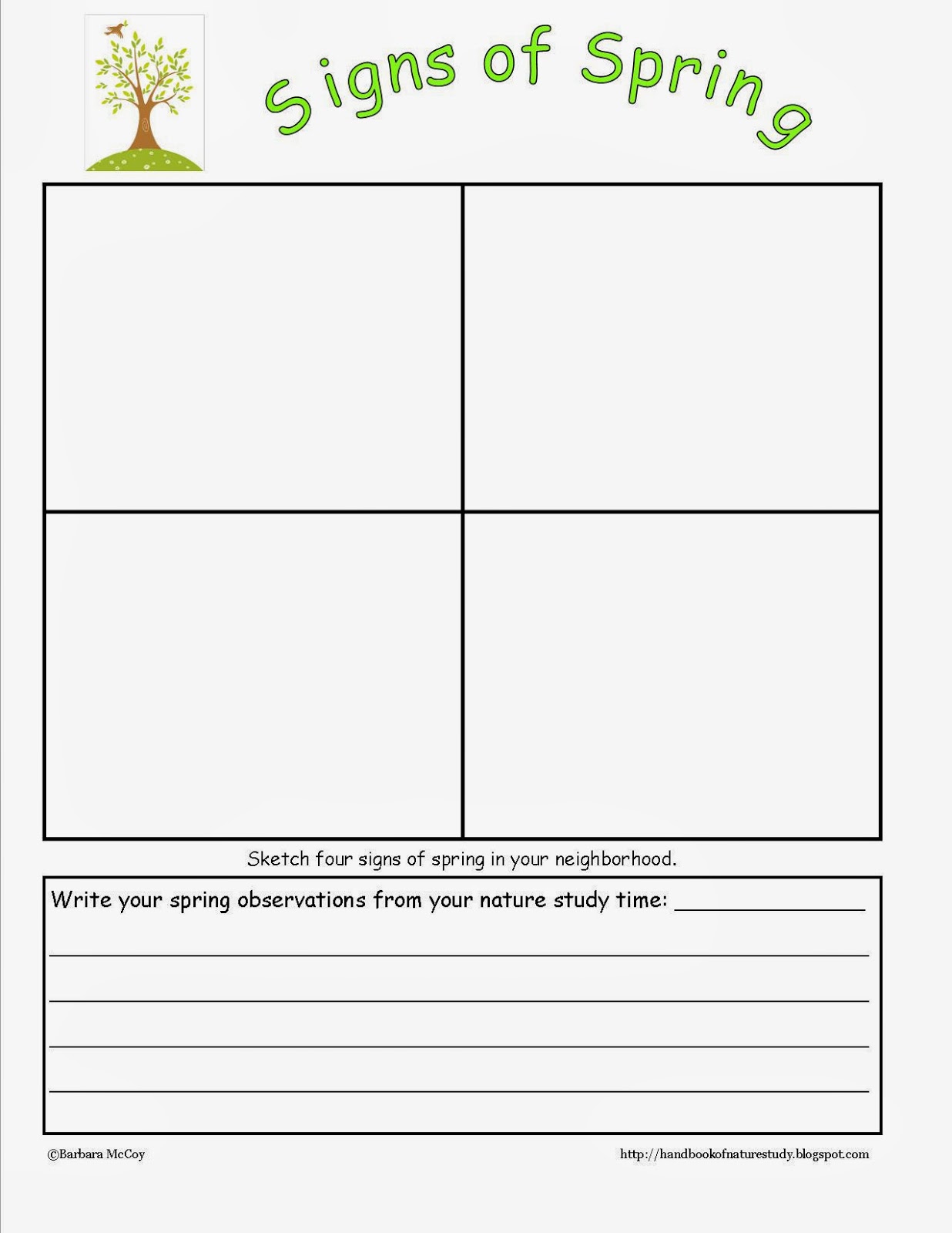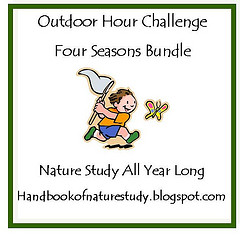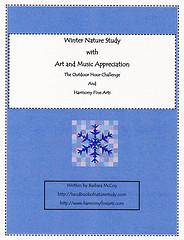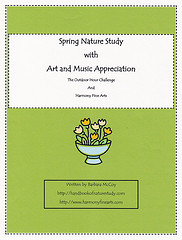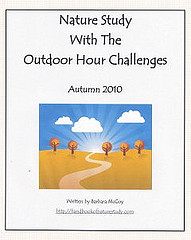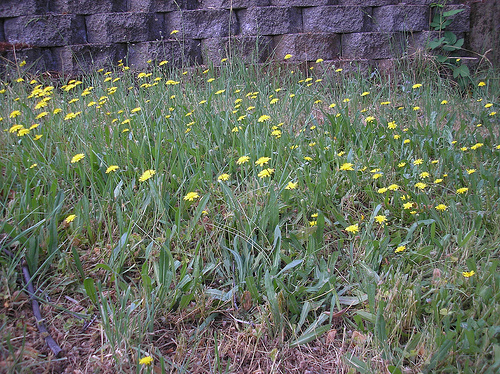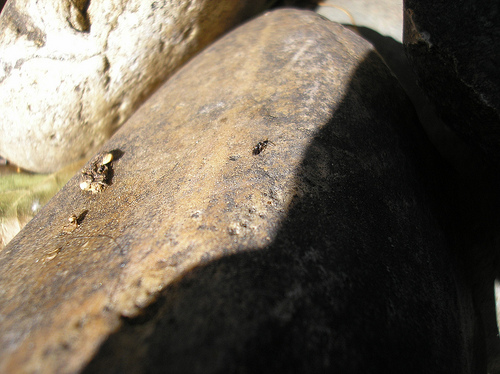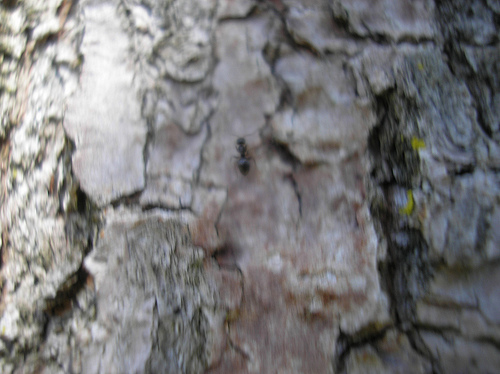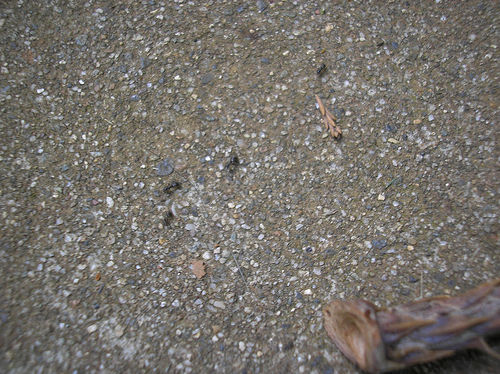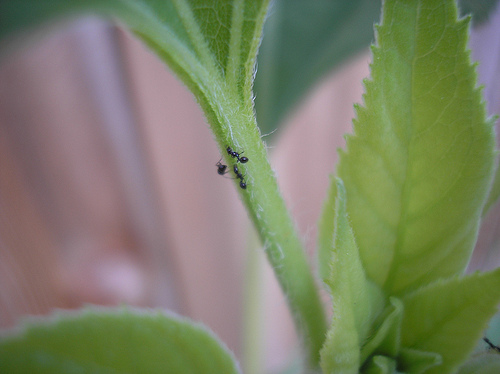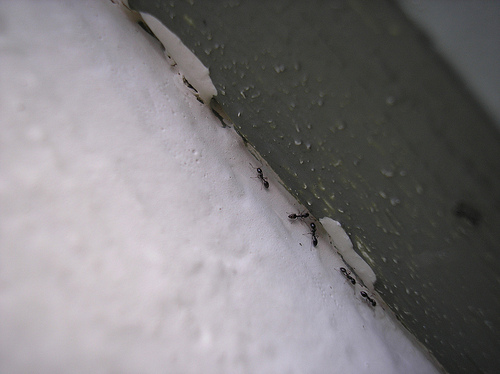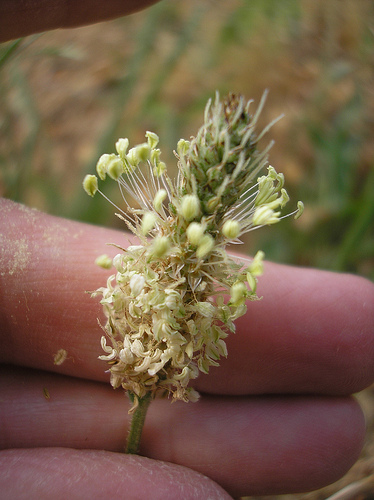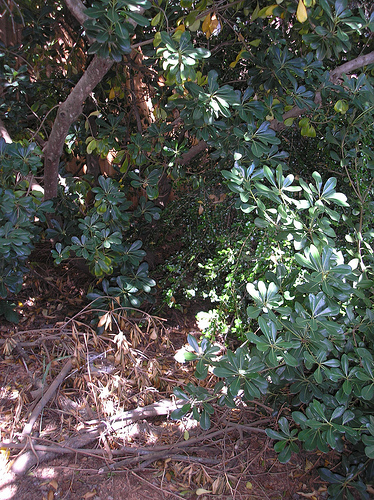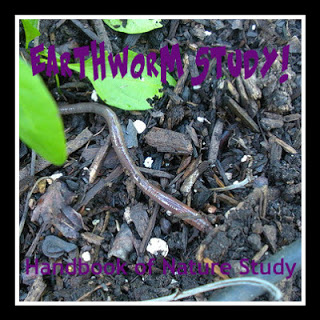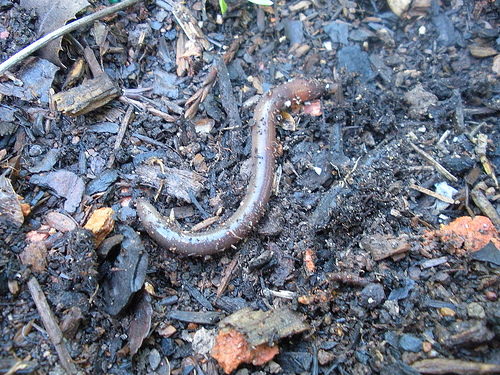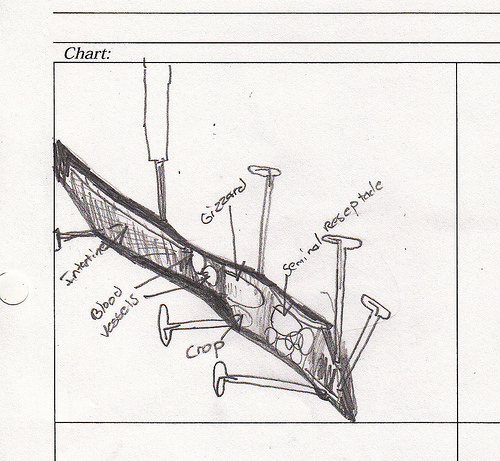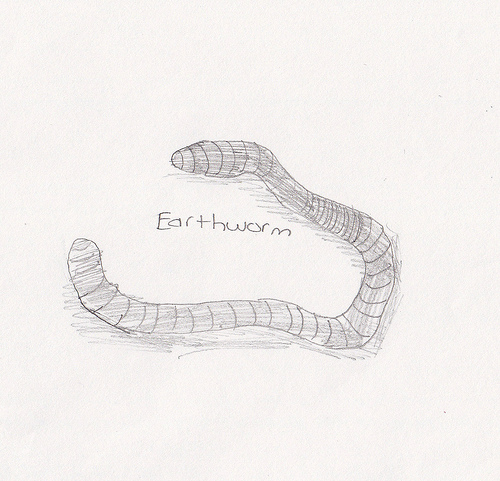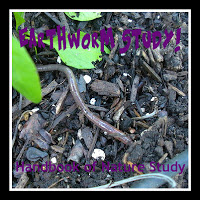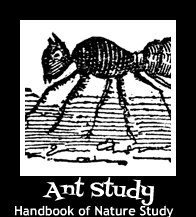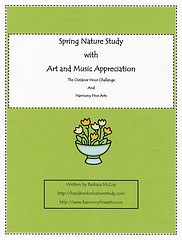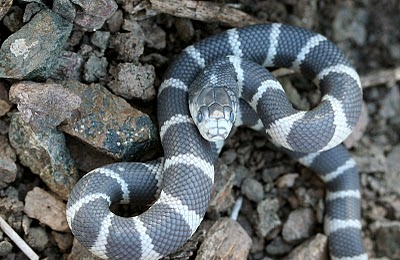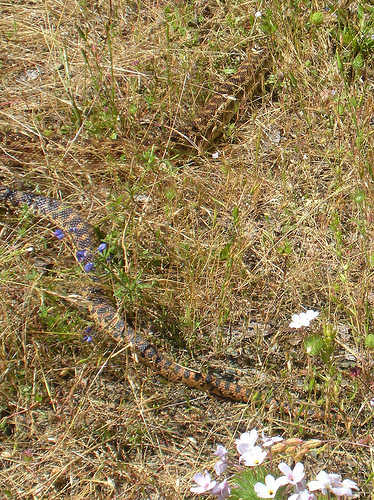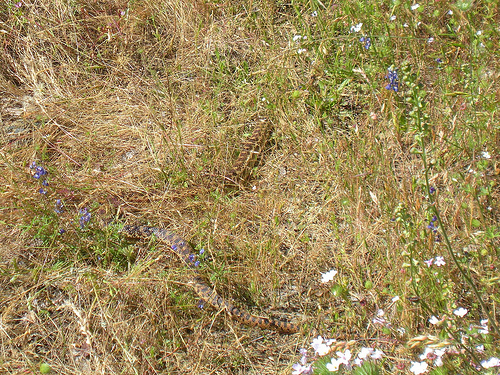Our Cattail Adventure- Spring Cattail Outdoor Hour Challenge
I already hinted about our cattail spot….the one that was cut down and cleaned out. We were a little disappointed but not discouraged. We have two others places to check but one has so much water right now because we have had heavy rains. Eight inches from Thursday to this morning….crazy wet! The boys were upset about the cattails being cut down but there is hope if you look at the photo below.
We are going to watch this spot to see if those little baby cattails will fill in the creek area like they were before. It will be interesting to see how long it takes to have another batch of cattails to observe. If you haven’t seen Creation Wiki yet, give this LINK a try to read more about cattails.
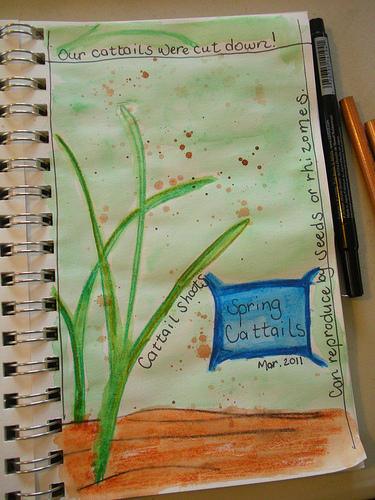 |
| Watercolor pencils, background semi-moist watercolor, Prismacolor Pen |
On another note…
We came across something that was interesting. Our retaining wall had started to fall over and Mr. A helped me fix it but in the process we realized the problem was caused by a system of vole tunnels directly underneath the cement blocks. The wall is right near the birdfeeder (find the green in the photo and then you will see the post) and the voles are tunneling up underneath…in fact there was a hole earlier in the year that came up directly under the hanging feeder and the spilled seed just went down the hole, a very convenient set-up for the vole. Not sure how to solve the problem but we got the wall back up and we will see how long it lasts.
How about a couple pretty images to end this entry?
We have had quite a variety of birds at our feeders during the month of March…lots of Lesser goldfinches, even in the cold snowy weather we had last week.I am keeping a list of our birds observed for the month to post on Heather’s Tweet and See.
They are one of my favorite feeder birds right now and I cannot stop taking photos of them.
We are going to have an on-going study of cattails again this year because I think we can glean some new information for our nature journals.One thing we will research is how they reproduce and how the seeds are spread…..which we sort of know a little about already but we want to have some concrete facts to include in a future journal entry.
Hope you have a chance to check out your cattails soon!

